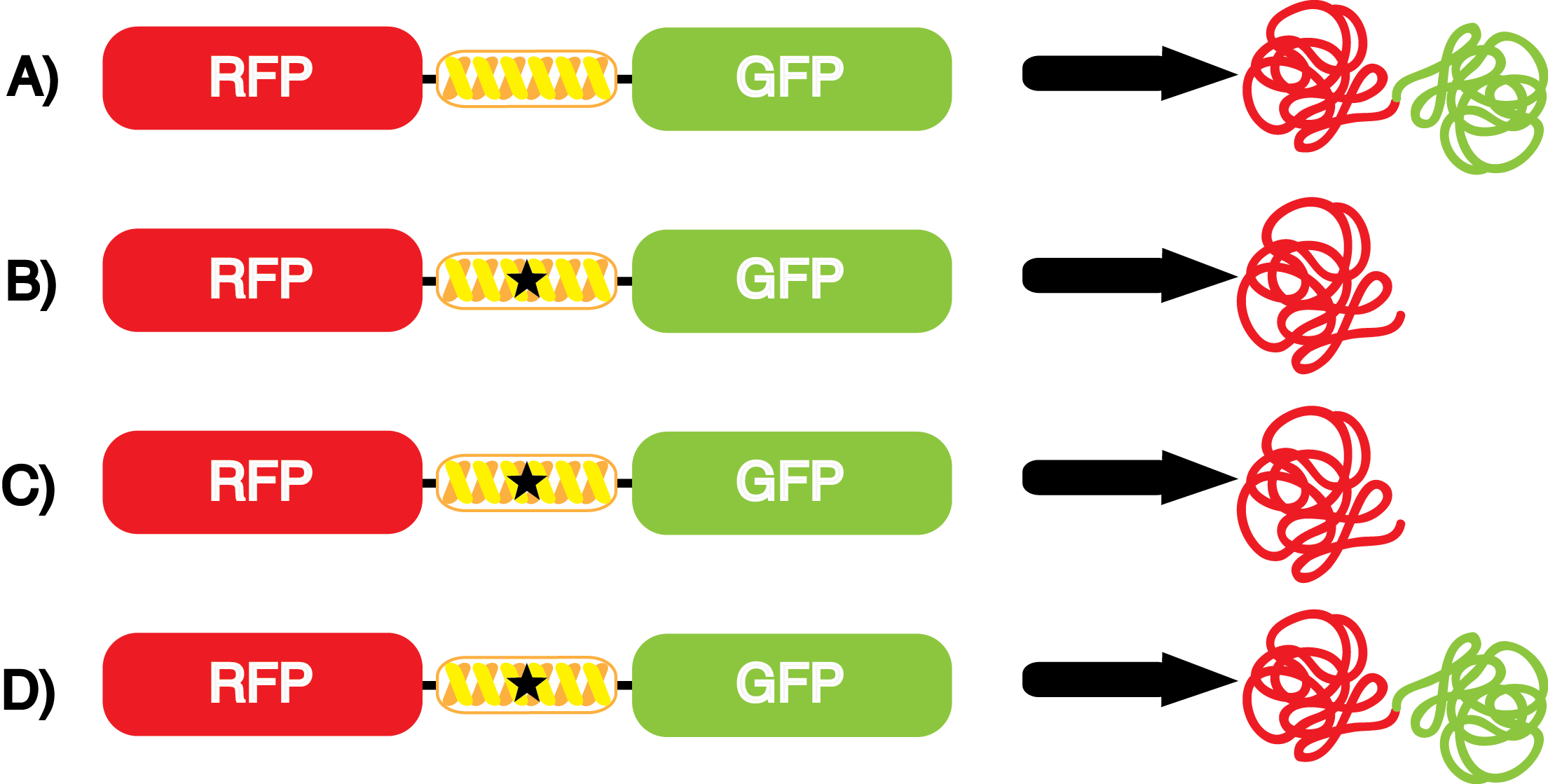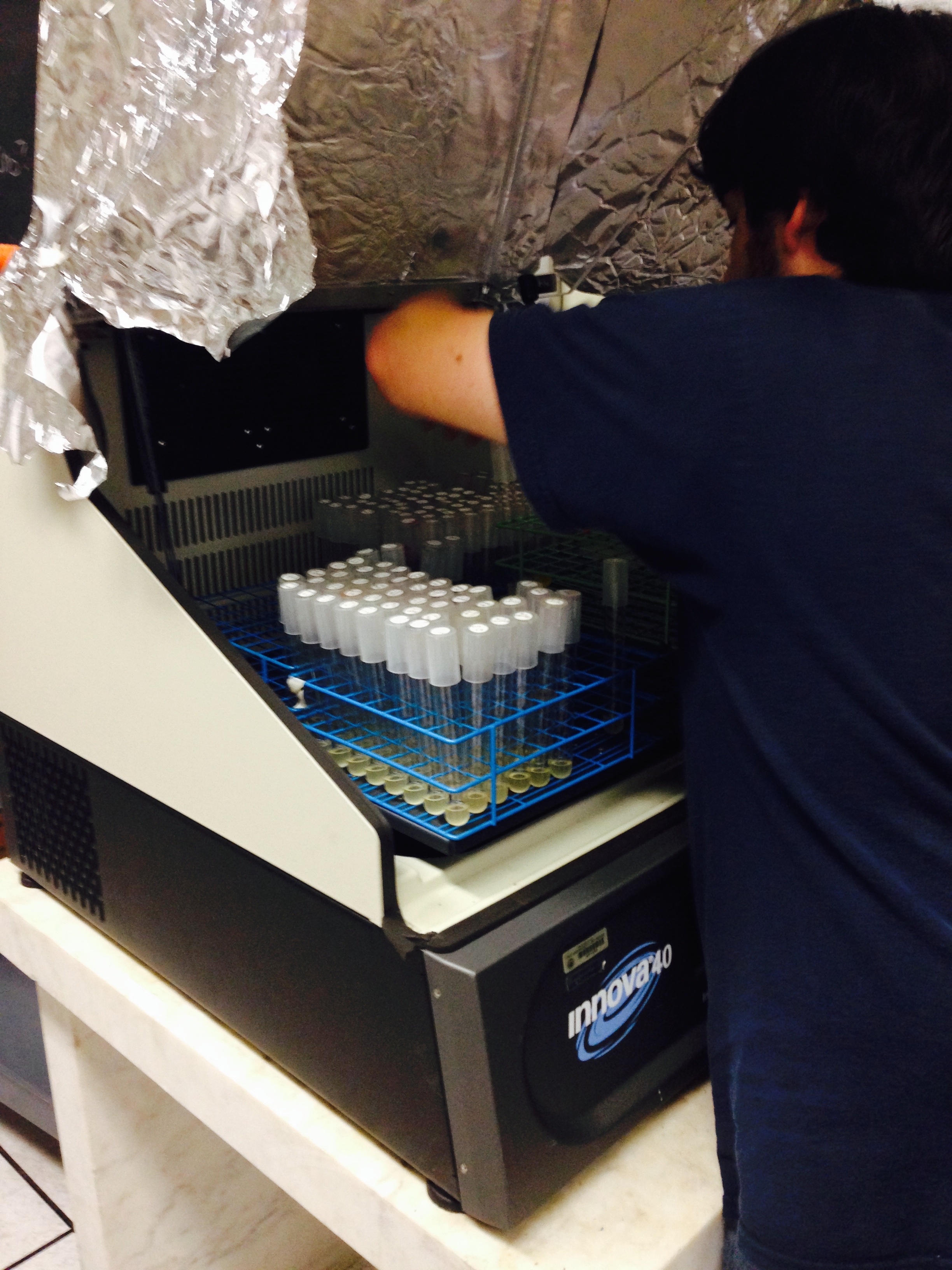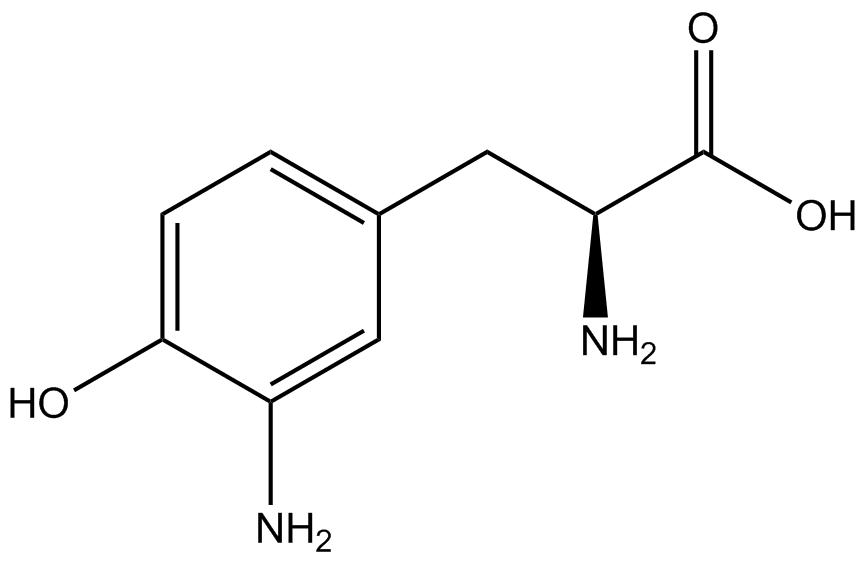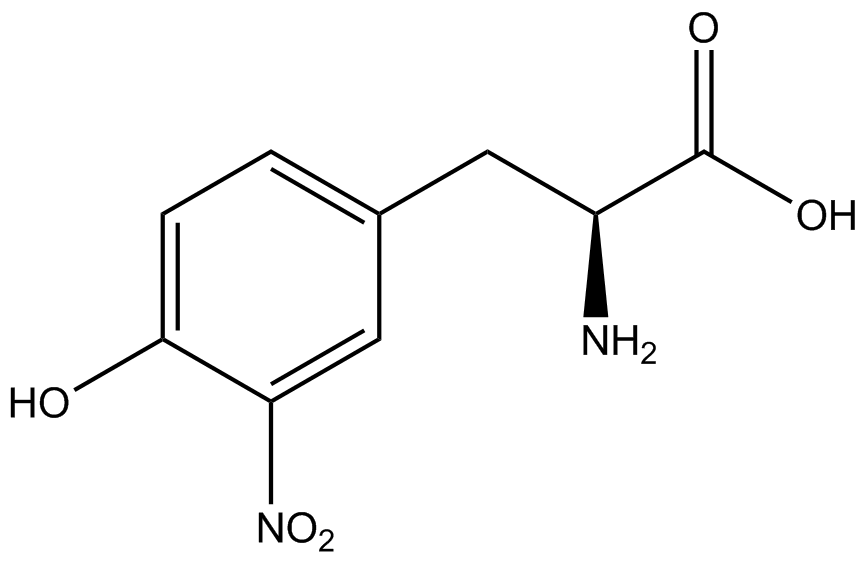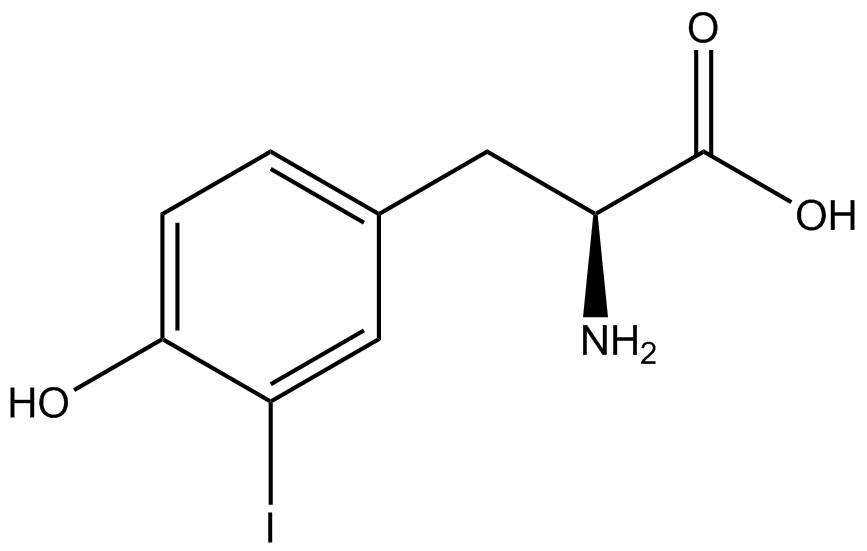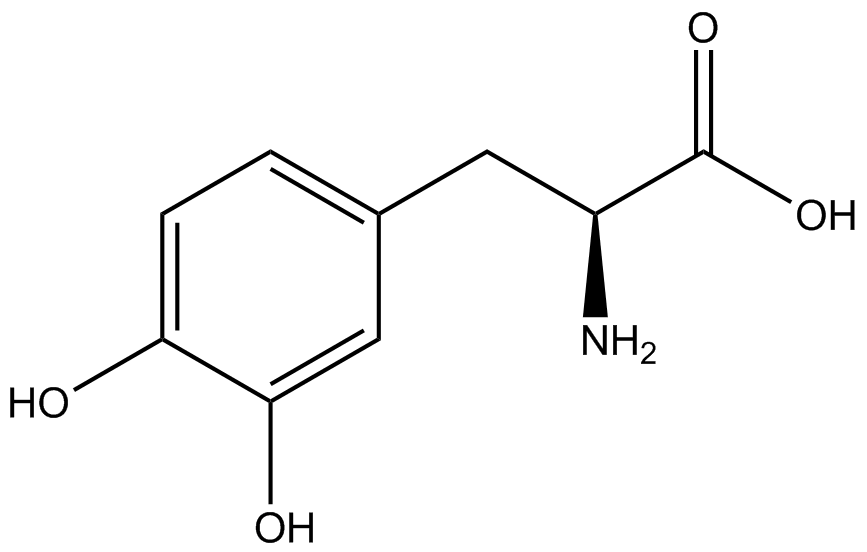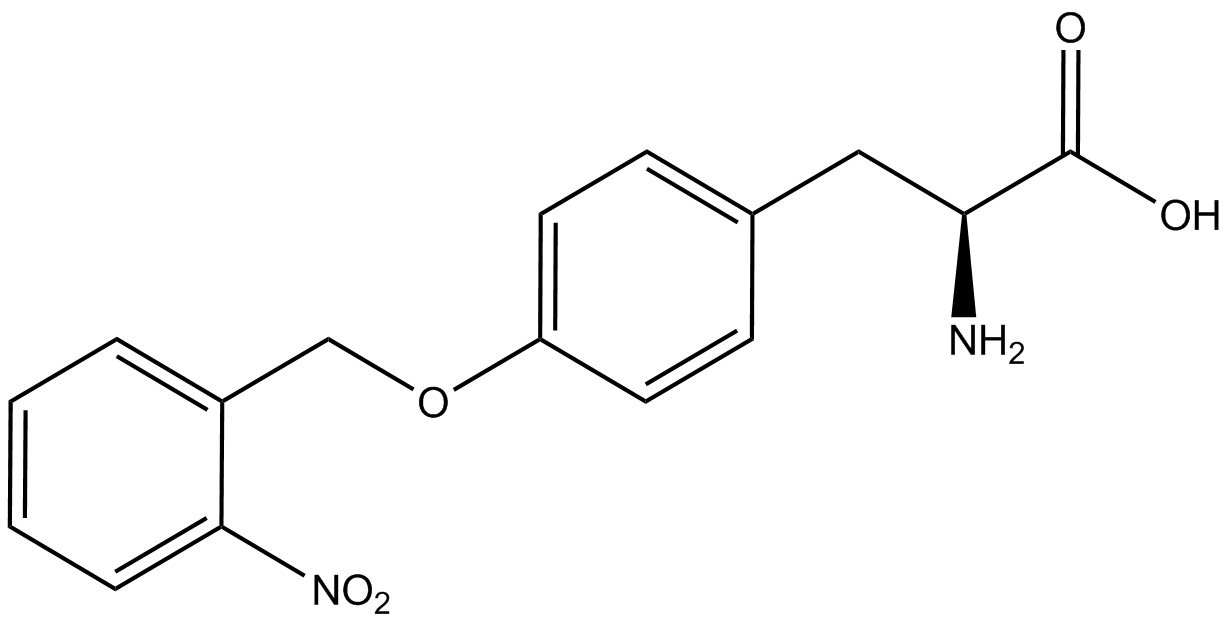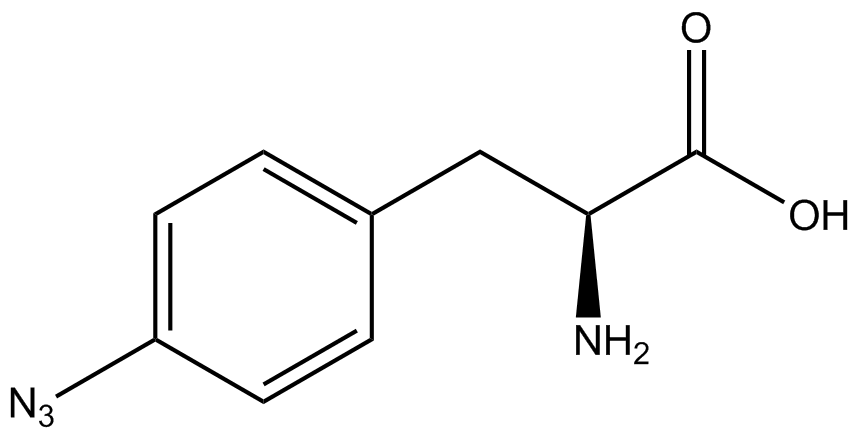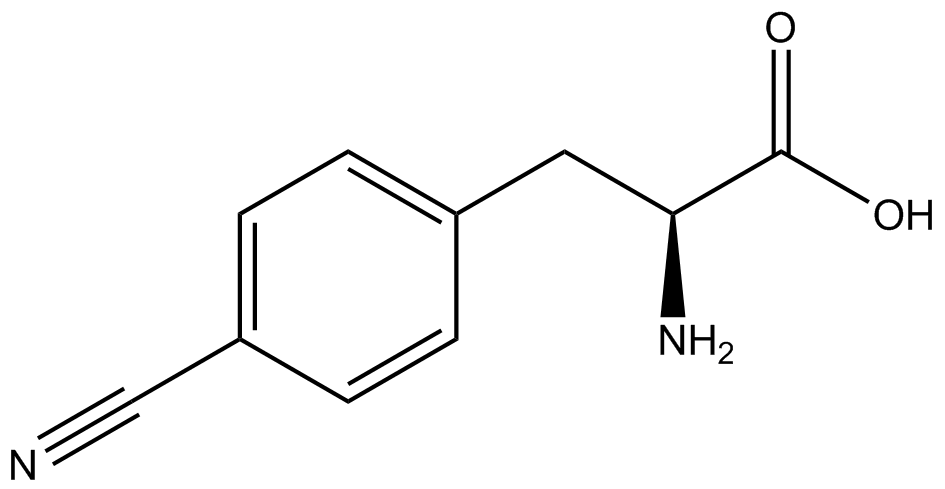Team:Austin Texas/kit
From 2014.igem.org
(→Kit Introduction) |
|||
| Line 82: | Line 82: | ||
=Kit Introduction= | =Kit Introduction= | ||
| - | In recent years the ability to expand the genetic code has been made possible by re-coding the amber stop codon, UAG, via the use of modified tRNA synthetase/tRNA pairs. These synthetase/tRNA pairs act together to charge the tRNA with a non-canonical amino acid (ncAA), an amino acid that is not one of the 20 amino acids normally encoded by a codon. While the library of ncAA synthetase/tRNA pairs continues to grow, the properties of each pairing have yet to be systematically characterized using a standardized methodology. The 2014 University of Texas at Austin iGEM Team has developed a method that allows for efficient qualitative and quantitative in vivo characterization of these novel synthetase/tRNA pairs. | + | In recent years the ability to expand the genetic code has been made possible by re-coding the amber stop codon, UAG, via the use of modified tRNA synthetase/tRNA pairs. These synthetase/tRNA pairs act together to charge the tRNA with a non-canonical amino acid (ncAA), an amino acid that is not one of the 20 amino acids normally encoded by a codon. While the library of ncAA synthetase/tRNA pairs continues to grow, the properties of each pairing have yet to be systematically characterized using a standardized methodology. |
| + | |||
| + | There are certain desired properties of a synthetase/tRNA pair, such as high fidelity and high efficiency, that worth characterizing. Without knowing these properties, cellular processes and products remain vague. The 2014 University of Texas at Austin iGEM Team has developed a method that allows for efficient qualitative and quantitative in vivo characterization of these novel synthetase/tRNA pairs. | ||
| + | |||
| + | |||
'''Desired properties??? High fidelity? High efficiency of incorporation? We should indicate what we want our kit to test for.''' | '''Desired properties??? High fidelity? High efficiency of incorporation? We should indicate what we want our kit to test for.''' | ||
Revision as of 01:14, 17 October 2014
| ||||||||||||||||||||||||||||||||||||||||||||||||||||||||||||||||||||||||||||||||||||||||||||
 "
"



